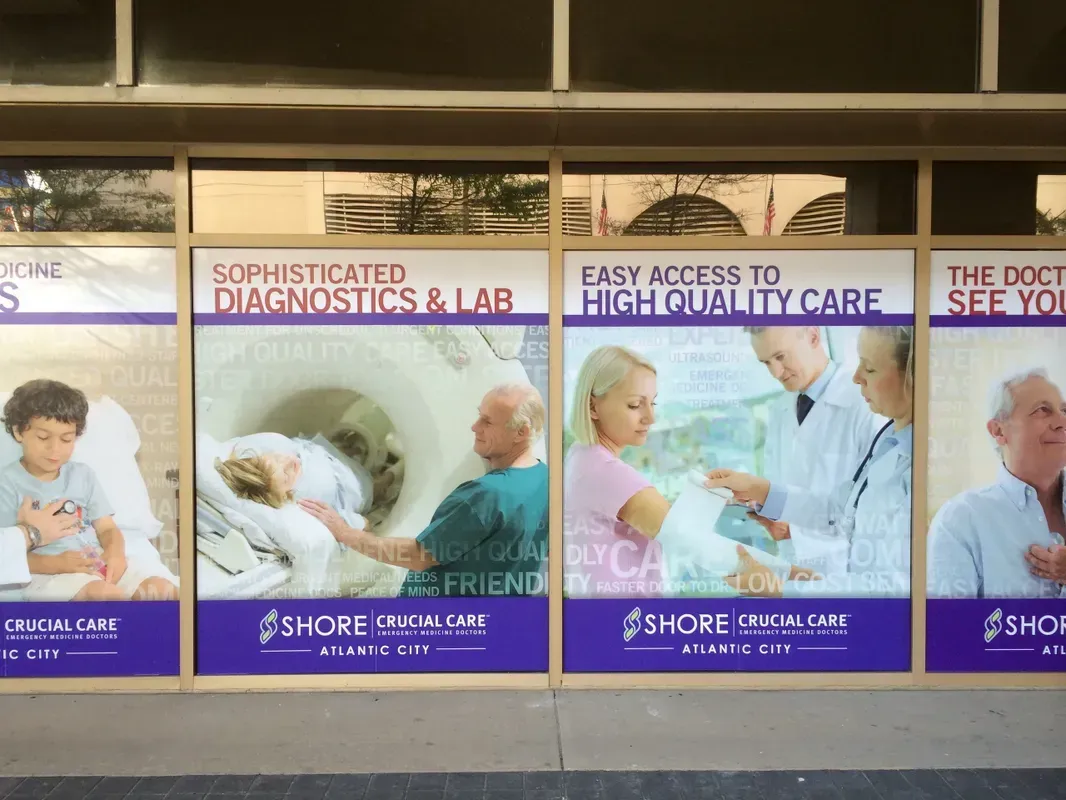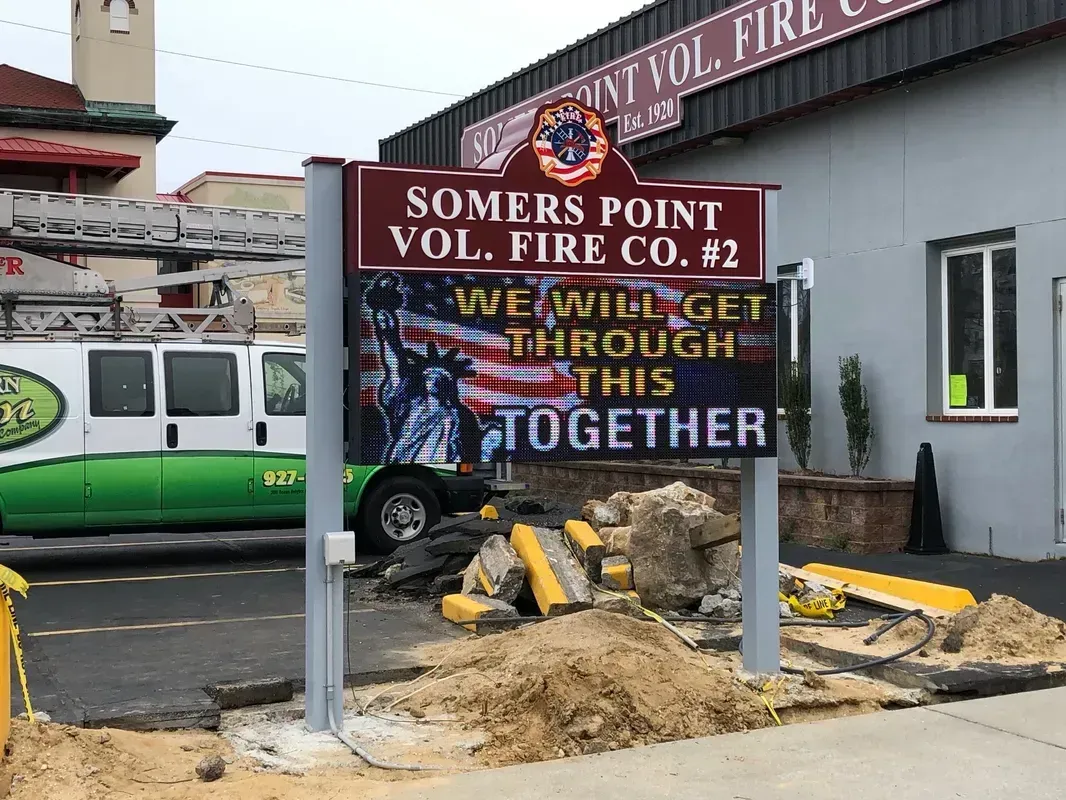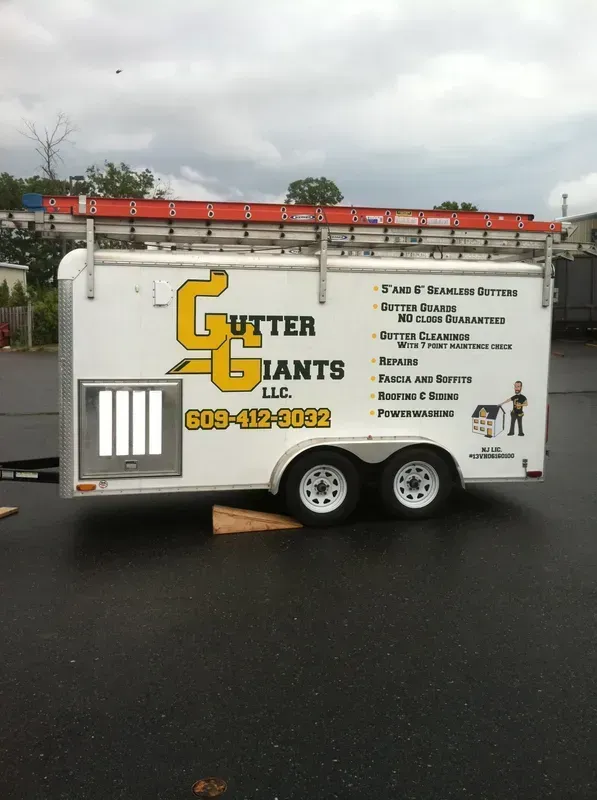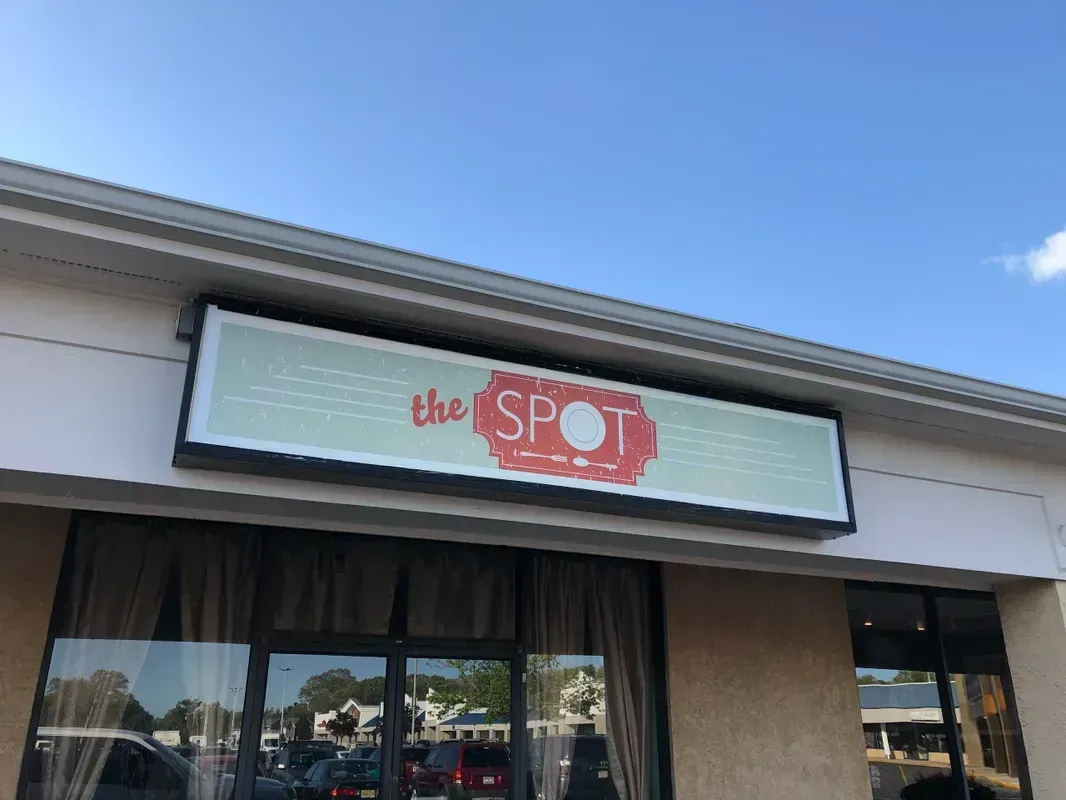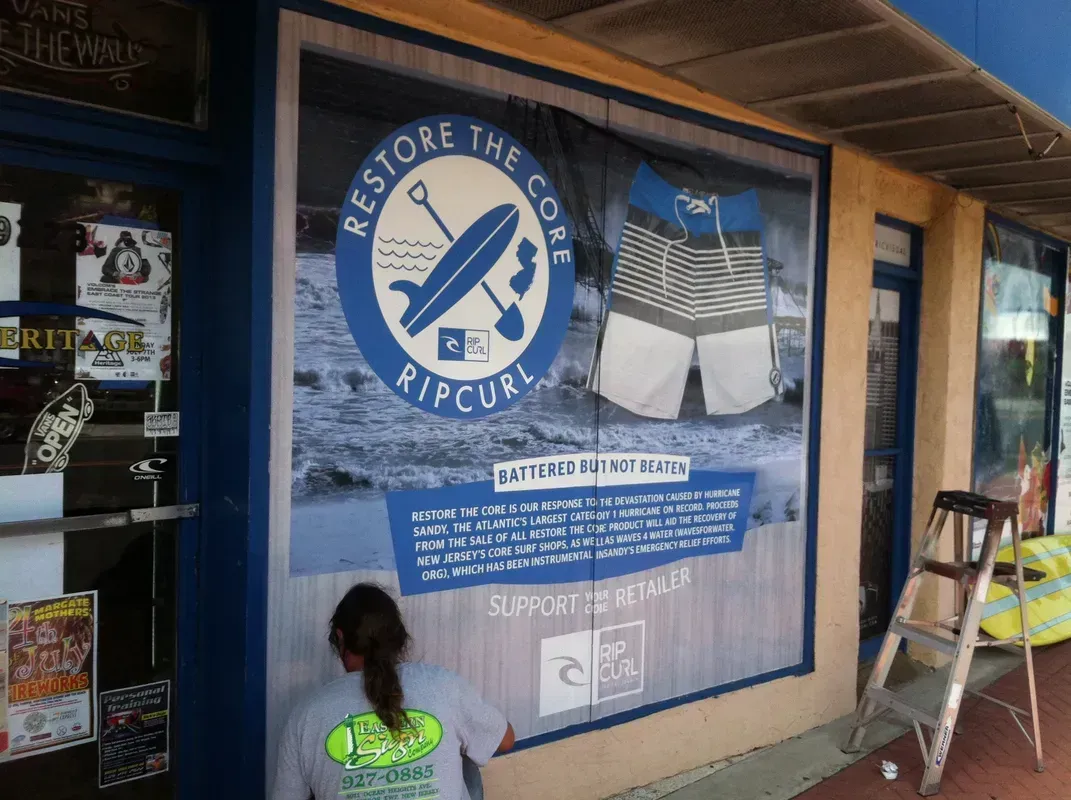How Effective Business Signs Boost Customer Engagement.
In today's competitive business landscape, standing out from the crowd is crucial for success. One way to achieve this is by partnering with a professional business sign company to create effective signage. Business signs are more than just pieces of information; they play a pivotal role in boosting customer engagement and creating a lasting impression.
The Role of Business Signs in Customer Engagement
When we talk about customer engagement , we re really talking about how a business connects with people in everyday moments . That first impression matters and often , it starts with the sign out front . Custom business signs don t just show a name ; they help spark curiosity , share important details , and even stir up a feeling of welcome . It s surprising how much thought and care go into these signs , and the way they shape someone s experience from the very beginning is worth taking a closer look at .
Types of Business Signs
Custom signage comes in all shapes and sizes , and each type plays its own role in helping people connect with your business . From storefront displays to sidewalk boards , understanding how each kind works gives you the chance to choose what fits best with your space , your style , and the folks you serve every day .
Exterior Signs:
- Storefront Signage: Storefront signs are often the first thing folks notice when they pass by your business. Positioned above the entrance or nearby, they typically feature your name, logo, or even a short phrase. This kind of signage helps people recognize who you are and invites them to step inside.
- Awnings and Canopies: Beyond offering some shelter from sun or rain, awnings also double as practical signage. With your business name, logo, and colors printed right on them, they're a helpful way to make your space stand out while still keeping things welcoming and functional.
- Billboards and Outdoor Advertising: If you're looking to reach more people across town or along busy roads, billboards and outdoor signs can do the trick. These larger-scale signs grab attention fast, especially when placed in high-traffic spots where locals and visitors alike are passing by.
Interior Signs:
- Wayfinding Signs: Finding your way through a store or building should feel easy and intuitive. By cutting down on confusion, they create a smoother, more relaxed experience for everyone. Wayfinding signs help guide visitors by offering directions, floor layouts, or clear labels, making the space more welcoming.
- Promotional Displays: Promotional displays are a familiar part of any shopping trip . Placed near the entrance or throughout the store, these signs highlight special offers, seasonal items, or new arrivals. They're meant to catch the eye and help customers spot something they might not have come in looking for.
- Informational Signage: Clear signage that shares practical details like business hours, contact info, or shop policies goes a long way in keeping things simple. These signs offer customers quick answers and make the space feel organized, thoughtful, and easy to navigate.
- Menu Boards: In restaurants and cafés, menu boards help people make decisions. By clearly listing items, prices, and descriptions, these signs make ordering straightforward. A well-designed board doesn’t just display information—it helps guests feel confident and unhurried when choosing what they want.
- Digital Signage: Digital displays bring flexibility and motion into a space. These signs can rotate messages, share updates, or even include live content. They're especially useful when you want to keep things current, and they often catch attention thanks to their bright visuals and interactive features.
Point of Purchase (POP) Displays:
Located near checkout counters, POP displays offer a gentle nudge toward extra items things like snacks, seasonal goods, or everyday essentials. They're convenient for shoppers already in line and can turn wait time into one last opportunity to find something useful.
Knowing how each type of business sign functions helps create a complete, thoughtful signage plan. From welcoming people at the door to guiding them inside, every piece has a role in making their visit easier, more enjoyable, and more connected to your space.
What Makes a Business Sign Work Well
Designing effective business signs requires careful attention to several crucial principles. Your sign should be easily seen from a distance and readable even in varying lighting conditions. First and foremost, visibility and legibility are paramount. Selecting appropriate fonts and typography is equally important, as they affect readability and convey the right tone. The psychology of color should not be underestimated; different colors can evoke specific emotions and associations in customers. Consistency with your branding is vital to ensure that your sign aligns with your company's image, using the right colors, fonts, and overall style. Additionally, integrating images and graphics that resonate with your target audience can make your sign more engaging and memorable. A cluttered or confusing sign can deter potential customers, so ensure that your message is concise and easy to understand. Finally, simplicity and clarity are key.
Case Studies: Successful Businesses with Effective Signs:
To better understand how signage shapes real customer experiences, it helps to look at a few familiar examples. It caught the eye and matched the smell of fresh bread coming from inside. Take a neighborhood bakery that added a warm, welcoming sign out front—something simple, with soft colors and a cozy font. Stories like these show how thoughtful sign choices can help a space feel more inviting. Or picture a small clothing shop that used bold awnings to stand out on a busy street. The colors, shape, and placement weren't flashy; they just fit the style and drew people in naturally. By noticing what works for others, you might spot ideas that could make sense in your own community, too.
Seeing the Real Impact of Everyday Signage:
There are a few down-to-earth ways to tell if your signs are doing their job. Asking for feedback, whether through casual conversations or quick surveys, can give you honest insight into how people feel about what they see. You might also notice a change in foot traffic; if more folks are walking in after you've updated your signage, that's a sign it's working. Watching your sales over time can help too; any boost might be partly thanks to clearer messaging or better visibility. And don't forget about what people share online. Photos, comments, and reviews often reflect how your space is coming across. Looking at all of these together can help you figure out what's connecting with your community and where there's room to grow.
Steps to Get Your Signs Right
Now that you've seen how signs shape customer experience and how to spot what's working, it's time to look at the everyday side of getting signs in place. From setting a realistic budget to teaming up with a skilled designer, each step plays a part. It's also important to understand local rules permits and regulations can vary from one area to the next. These practical pointers aim to make the whole process easier and less overwhelming, whether you're starting fresh or updating what's already there. And once your signs are up, they'll need occasional care to stay sharp and relevant.
Where Signage Is Headed Next
The way signs are used is shifting, and staying tuned in to these changes can help your business stay in step with the people around you. We're seeing more interest in digital and interactive displays, signs made with eco-conscious materials, and even tech that connects signage to mobile devices. These trends aren't just about being modern; they're about sharing messages in ways that are clear, thoughtful, and better for the environment. When signs reflect what matters to your community, they stay relevant and meaningful.
Conclusion
Designing signage that truly speaks to your community takes thought, creativity, and a solid understanding of what people respond to. From learning the role signs play in engagement to exploring different styles and design tips, each piece helps build a more welcoming and effective environment for your customers. It's not just about visibility; it's about connection.
When putting new signs in place, the details matter. Thinking through your budget, choosing the right design, understanding local rules, and keeping up with regular maintenance all help ensure your signs stay relevant and reliable over time. A little planning can make the whole process smoother. Good signage grows with your business, your neighborhood, and the people you serve.
And finally, staying open to what's next, whether that's digital displays, more sustainable materials, or signs that connect with mobile technology, keeps your space feeling current without losing that personal touch.

